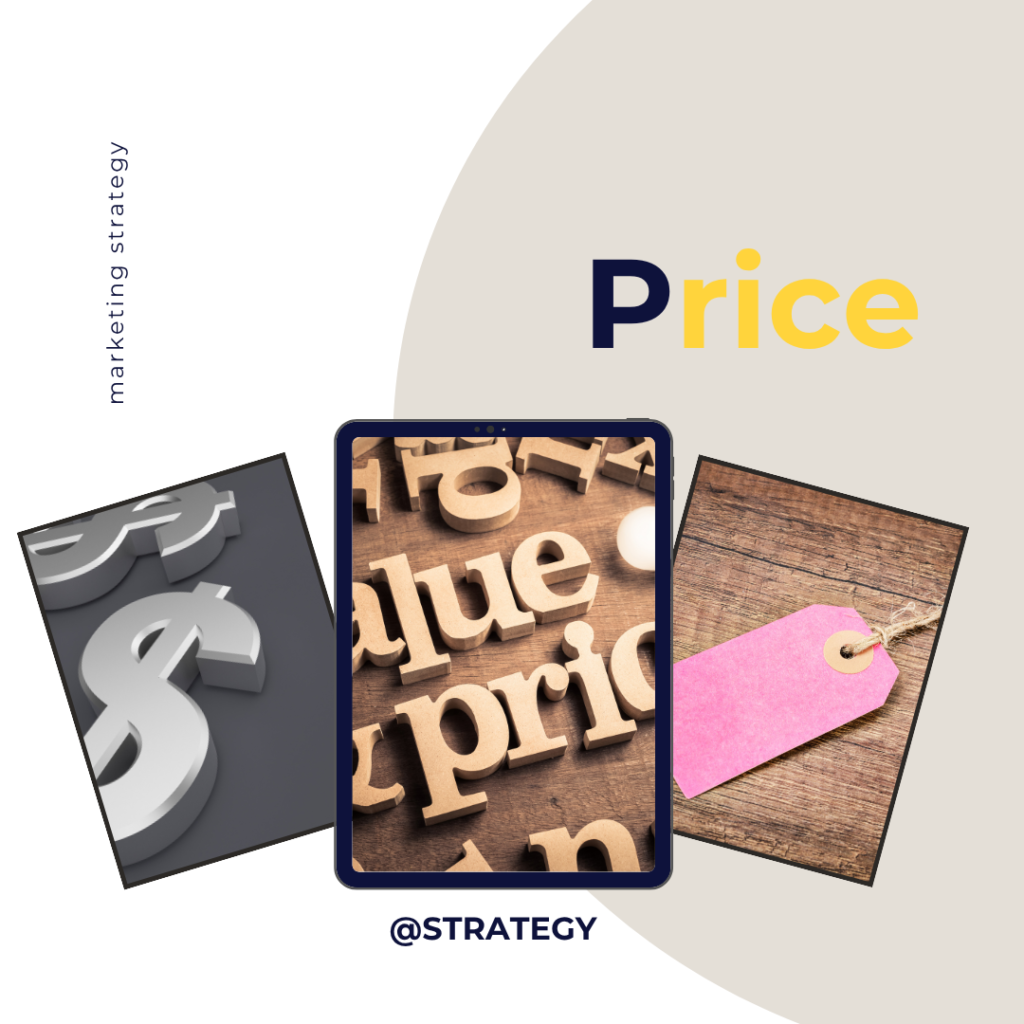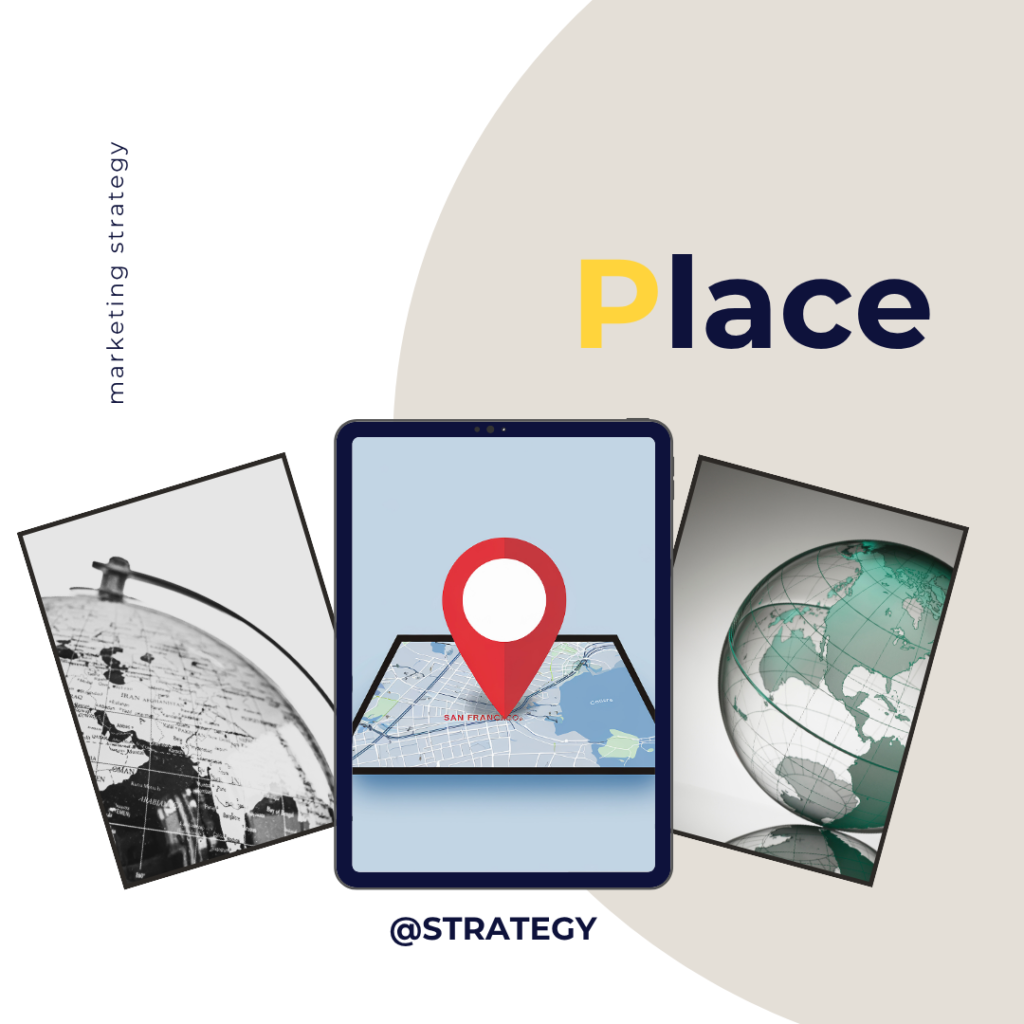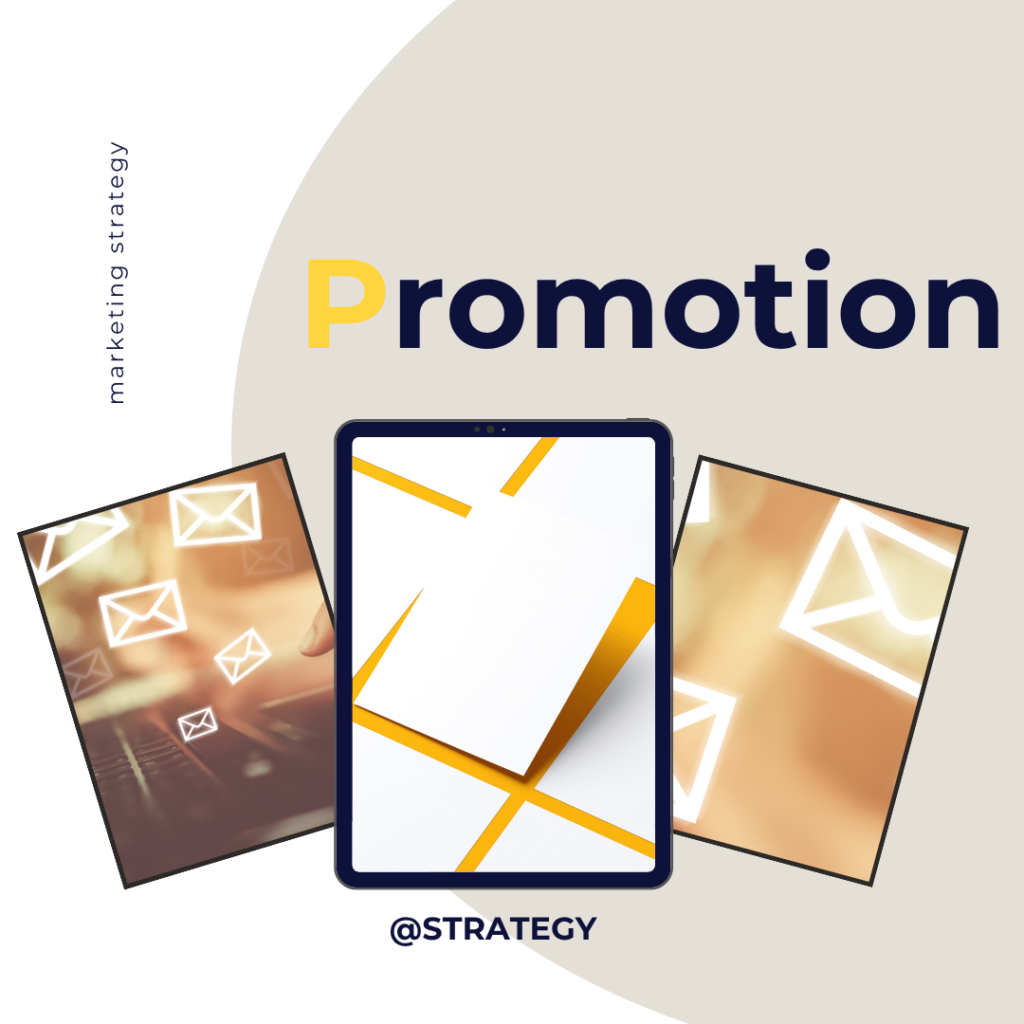
The 4 Ps of Marketing—Product, Price, Place and Promotion—remain the beating heart of any modern marketing strategy. Often grouped under the banner of the marketing mix, these four levers give companies a practical framework for turning abstract market research into profitable action. When marketers fine-tune Product, they shape everything from feature set to packaging, ensuring the offer solves a real customer problem better than competing alternatives. By optimising Price, they translate perceived value into revenue, weighing elasticity, psychological thresholds and dynamic-pricing data to capture maximum margin without alienating their audience.
Place addresses distribution: brick-and-mortar shelves, D2C e-commerce sites or marketplace listings on platforms like Amazon. Choosing the right channel mix shortens the path between supply and demand, lifting conversion rates and lowering fulfilment costs. Finally, Promotion pulls the previous pieces into the spotlight through SEO content, social media campaigns, paid search and public-relations storytelling—driving qualified traffic rather than vanity clicks.
Balancing the 4 Ps is not a one-time exercise but a continuous loop of testing and iteration. Consumer preferences shift, competitors pivot and new technologies rewrite cost structures; the marketing mix must evolve just as quickly. Brands that regularly audit their Product-Market Fit, adjust Pricing Strategies based on real-time analytics, realign Placement to meet shoppers where they browse and refine Promotional Tactics for algorithmic changes on Google and Meta consistently outperform laggards in today’s hyper-competitive markets. Mastering this dynamic interplay is therefore more than textbook theory—it is the difference between sustainable growth and expensive misfires.


The first P of the marketing mix is Product. A product can be either a physical item or a service that meets a consumer’s need or solves a specific problem. To succeed in the market, businesses need to develop a product that not only satisfies customer demands but also stands out from the competition. The product should be designed, developed, and refined with the target customer in mind. Key considerations for the product aspect include:
Features and Benefits: What unique features does the product offer? How do those features translate into benefits for the customer? For example, a smartphone might be marketed not just for its high-resolution camera but for how it helps users capture life’s moments with clarity.
Quality: Quality is a crucial factor that impacts customer satisfaction and brand loyalty. Businesses must ensure that their product meets high standards and is reliable.
Branding: Effective branding gives a product a unique identity and personality. A strong brand can differentiate a product from competitors and foster a loyal customer base.
Lifecycle: Understanding where a product stands in its lifecycle (introduction, growth, maturity, or decline) helps businesses plan for future product development, marketing, and inventory management.
Additionally, successful businesses often innovate their products to meet changing consumer preferences or new trends in the market. A good example is how the automobile industry is transitioning towards electric vehicles in response to growing demand for sustainable, eco-friendly products.

The second P, Price, refers to the amount a customer is willing to pay for the product. Pricing strategy is crucial because it directly affects revenue, profit margins, and the perception of value. Setting the right price involves balancing several factors, such as production costs, competition, market demand, and the target customer’s willingness to pay.
Common pricing strategies include:
Cost-Plus Pricing: This involves calculating the cost to produce the product and adding a markup to ensure a profit. While simple, this method does not account for consumer demand or competitor pricing.
Competitive Pricing: Setting the price based on what competitors are charging. Businesses can choose to match, undercut, or exceed competitor prices depending on their value proposition and target market.
Value-Based Pricing: This strategy focuses on what the customer believes the product is worth. A premium product that offers unique benefits may be priced higher, as customers are willing to pay more for perceived value.
Penetration Pricing: Used to enter a new market, penetration pricing sets a low price initially to attract customers and gain market share. Once the brand is established, prices may increase.
Skimming Pricing: This involves setting a high price initially, especially for new and innovative products, to maximize profits before competitors enter the market. Over time, the price may be lowered as the product becomes more widely adopted.
For example, tech companies often use skimming pricing when they release new products, such as smartphones or gaming consoles, charging a premium for early adopters before reducing the price as competition grows.

Place refers to how and where a product is distributed and made available to customers. Effective placement ensures that the product is available in the right locations, whether physical stores, online platforms, or both, and reaches the target audience conveniently. There are several distribution strategies businesses can use:
Direct Distribution: Selling directly to the consumer without intermediaries. This is common in e-commerce, where businesses sell directly through their own websites, giving them control over pricing, branding, and customer interactions.
Indirect Distribution: Using intermediaries such as wholesalers, retailers, or distributors to get the product to the end customer. For example, a consumer goods company might sell its products through large retail chains.
Omnichannel Distribution: An approach that integrates multiple channels, both online and offline, to provide a seamless shopping experience. Customers can interact with the brand in different ways, such as buying online and picking up in-store.
Exclusive Distribution: Limiting distribution to a specific number of outlets or geographic regions. This strategy is often used for high-end, luxury goods to maintain a sense of exclusivity.
Intensive Distribution: Making the product available in as many locations as possible to maximize visibility and sales. This approach is common for everyday items like snacks, beverages, and personal care products.
The rise of e-commerce has dramatically transformed the “Place” component of the marketing mix. Today, businesses can reach global customers through online platforms, providing convenience and expanding their market reach beyond traditional geographic boundaries.

Promotion refers to the activities a business uses to communicate the value of its product and persuade customers to buy. Promotion is essential for building awareness, generating interest, and driving sales. It involves a mix of tactics, including advertising, public relations, social media, sales promotions, and personal selling. Effective promotion requires businesses to craft messages that resonate with the target audience and use the right channels to reach them. Common promotional strategies include:
Advertising: Paid media placements through channels such as TV, radio, print, online ads, or social media platforms. Advertising helps create brand awareness and reach a wide audience.
Sales Promotion: Short-term incentives such as discounts, coupons, or contests that encourage immediate purchases. These are often used to boost sales during specific periods or to introduce new products.
Public Relations (PR): Managing a brand’s public image through media coverage, press releases, sponsorships, or partnerships. PR helps build credibility and trust with customers.
Social Media Marketing: Engaging with customers on social media platforms such as Instagram, Facebook, TikTok, and Twitter. Social media allows businesses to interact directly with their audience, promote products, and build brand loyalty.
Personal Selling: Direct interaction between sales representatives and potential customers. This approach is common in B2B marketing or industries where personalized service is key to closing deals, such as real estate or high-end retail.
Content Marketing: Providing valuable content to educate or entertain customers, such as blog posts, videos, infographics, or eBooks. Content marketing helps establish expertise and build trust with the audience over time. An effective promotional mix leverages multiple channels to engage the target audience and create a cohesive message that reinforces the brand’s value proposition.
The 4 Ps of marketing refer to Product, Price, Place, and Promotion. This framework helps businesses develop effective marketing strategies by focusing on what they offer, how much it costs, where it’s sold, and how it’s promoted.
At first glance, it seems that “everything is clear without analysis”. However, if you examine specific aspects more closely! Product – What product features are most valuable to consumers? Do you need to add new features or change the packaging? Is it possible to extend the services to more, is it possible to add a related product?
Price – What price are customers willing to pay? Does it match the perceived value of the product? Could the price be more expensive
Location – Where is it most convenient to buy the product? Is it worth expanding sales channels (online, offline, marketplaces)? Maybe there are ways to collaborate
Promotion – Which advertising channels get the most response? What message resonates best with the target audience? How to connect with potential customers. How to draw attention to a product in the most profitable ways?
Social media marketing is a powerful tool for building brand awareness, engaging with target audiences, and driving conversions
SEO is one of the most effective long-term digital marketing strategies for increasing visibility, traffic, and credibility.
PPC advertising is a highly effective way to generate immediate traffic, leads, and sales through paid placements on search engines and social platforms.
